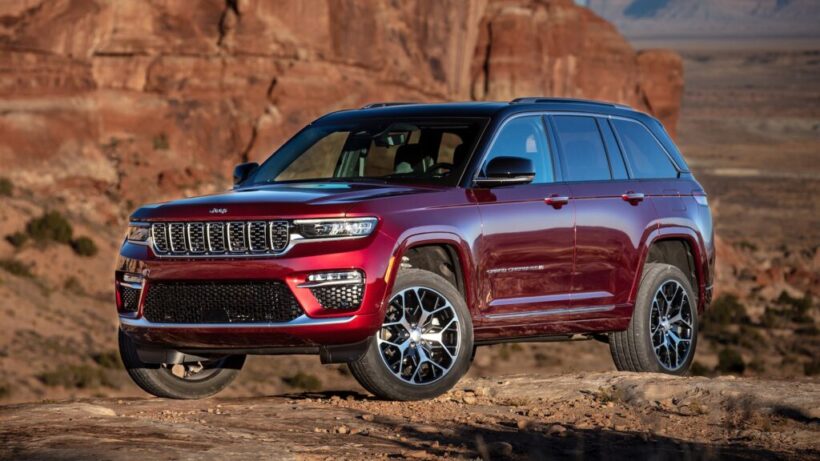If you’re a Jeep Grand Cherokee owner, you know the importance of finding the right wheels. After all, if your wheels don’t fit well or aren’t compatible with your vehicle, it can lead to a number of problems that can range from minor annoyances to major safety hazards. So, what wheels interchange with Jeep Grand Cherokee?
In this article, we’ll answer this question and provide some tips for choosing the perfect set of wheels for your vehicle. From understanding bolt patterns to looking at load ratings and more, read on to learn how to get the best possible match for your Jeep Grand Cherokee.
Factory Wheels
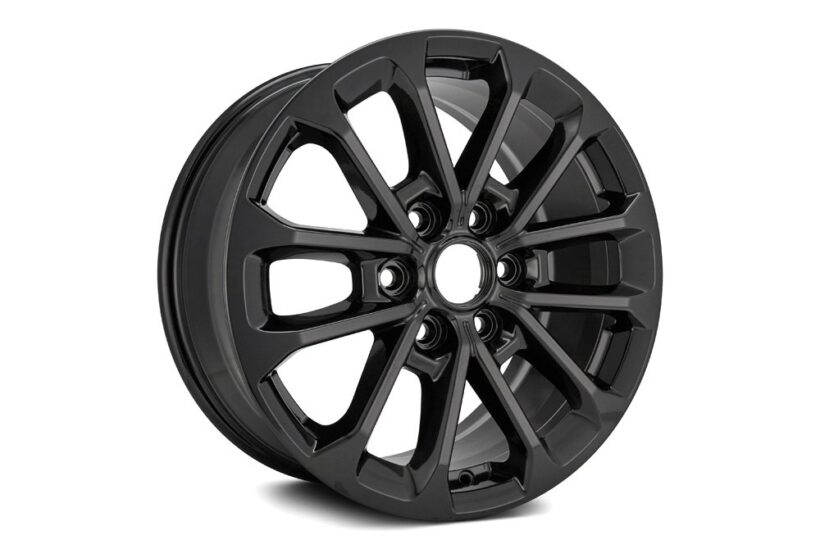
Most people don’t know that there are a ton of different factory wheel options for the Jeep Grand Cherokee. In fact, there are so many different factory wheel options that it can be hard to keep track of them all! Here is a list of some of the most popular factory wheel options:
-17″ x 7.5″ Aluminum Wheels with Painted Pockets
-18″ x 8.0″ Aluminum Wheels with Painted Pockets
-19″ x 8.5″ Aluminum Wheels with Painted Pockets
-20″ x 8.5″ Aluminum Wheels with Painted Pockets
-21″ x 9.0″ Aluminum Wheels with Painted pockets
Aftermarket Wheels
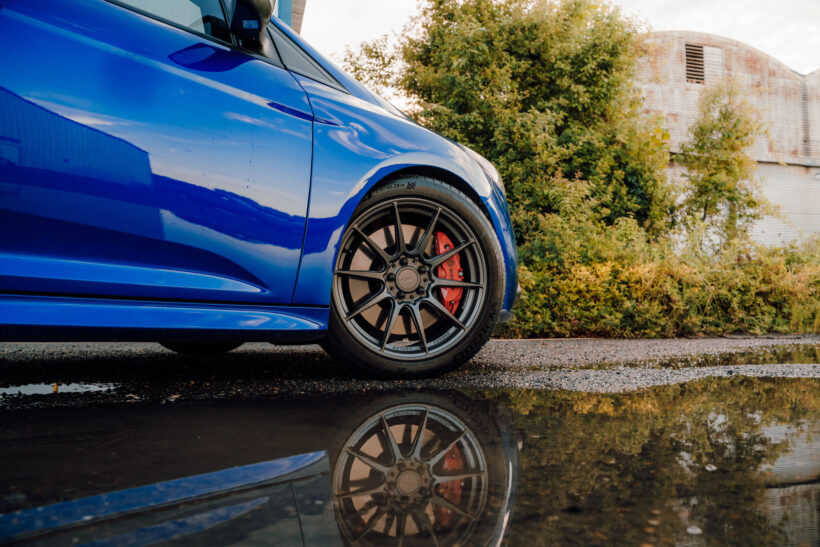
When it comes to aftermarket wheels for your Jeep, there are a few things to keep in mind. First, you’ll need to know the bolt pattern. The bolt pattern is the number of bolts on the wheel and the distance between them. Jeep Grand Cherokees have a 5×5 bolt pattern. Also, you’ll need to know the offset. The offset is the distance from the center of the wheel to the mounting surface of the wheel.
Jeep Grand Cherokees have a +30mm offset. Finally, you’ll need to know the size of the wheel. Jeep Grand Cherokees use 17″ wheels. With these three things in mind, you can find aftermarket wheels that will fit your Jeep Grand Cherokee.
Which aftermarket wheels will fit the Jeep Grand Cherokee?
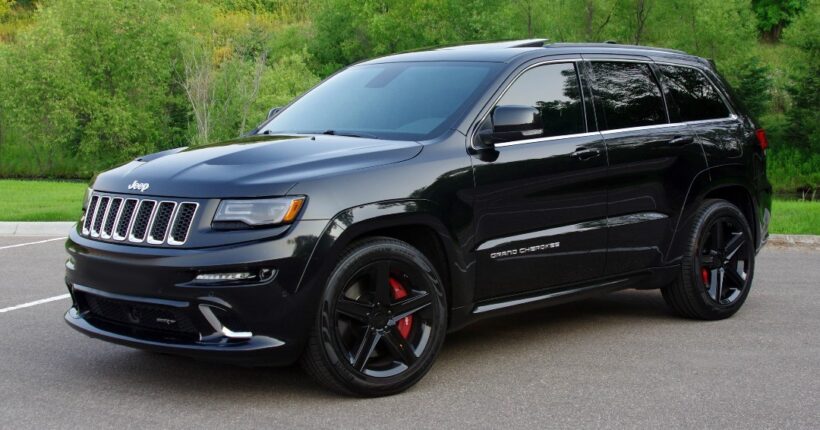
There are a few different types of aftermarket wheels that will fit it. The most popular type is the 5×5 bolt pattern. This is the standard bolt pattern for most Jeeps, and it will fit the Grand Cherokee with no problem. There are also a few other bolt patterns that will fit, but they are not as common.
The next thing to consider is offset. Offset is the distance from the centerline of the wheel to the mounting surface. Most aftermarket wheels have a positive offset, which means that the mounting surface is closer to the outside edge of the wheel. This is fine for most applications, but if you have a lifted Jeep, you may want to look for a wheel with a zero or negative offset. This will help keep your tires from rubbing on the fenders when you turn.
You need to make sure that the wheels you choose are rated for the weight of your Jeep. If you have a heavy-duty Jeep, like a Rubicon, you’ll need to find wheels that can handle the extra weight. Fortunately, there are plenty of options out there that meet all of these criteria. Just do your homework and make sure you get exactly what you need before you buy.
How to measure wheel offset and backspacing?
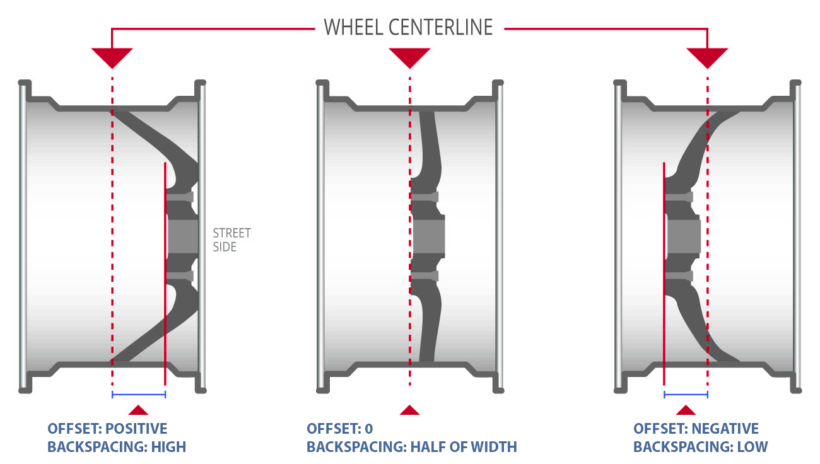
If you’re looking to upgrade the wheels on your Jeep Grand Cherokee, it’s important to know a few things about wheel offset and backspacing. Here’s a quick guide on how to measure these dimensions on your current wheels, so you can be sure to find replacements that will fit properly.
Wheel offset is the distance from the centerline of the wheel to the mounting surface of the wheel. To measure this, you’ll need to remove the wheel from the vehicle. Once it’s off, place it upside down on a flat surface and measure from the center of the wheel out to the mounting surface.
Backspacing is similar to offset, but instead of measuring from the centerline of the wheel, you measure from the inside edge of thewheel. This dimension is important because it affects how close or far away from the suspension components and bodywork your wheels will sit. To measure backspacing, place your wheel right-side up on a flat surface and measure from the inside edge ofthe wheel out to the mounting surface.
Both offset and backspacing are typically expressed in millimeters or inches. When shopping for new wheels, you’ll want to find ones with similar offset and backspacing dimensions as your current wheels. This will ensure that they fit properly and don’t cause any clearance issues.
What is the difference between OEM and aftermarket wheels?
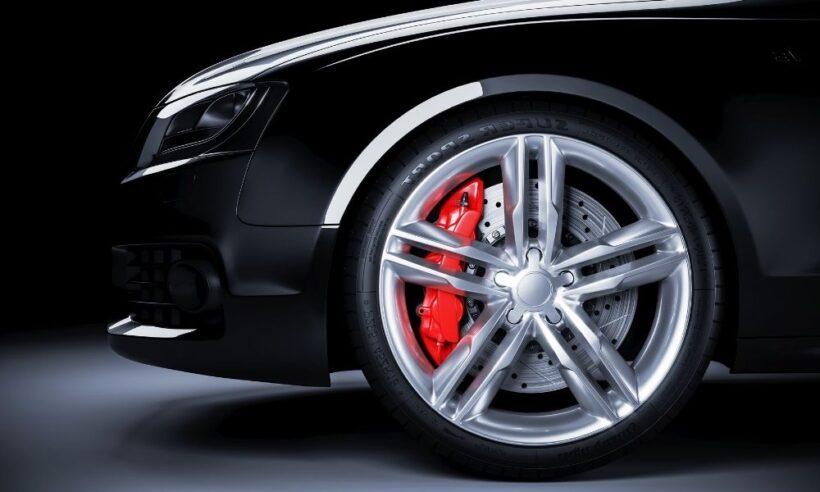
When shopping for replacement or upgrade wheels for your Jeep Grand Cherokee, you’ll likely come across the terms “OEM” and “aftermarket.” So what’s the difference between OEM and aftermarket wheels?
OEM stands for Original Equipment Manufacturer. OEM wheels are made by the same company that made the wheels that came on your Jeep Grand Cherokee when it was first built. Aftermarket wheels are made by companies other than the vehicle manufacturer.
There are a few key differences between OEM and aftermarket wheels. OEM wheels are designed specifically for your Jeep Grand Cherokee model. They’ll fit perfectly and work with all of the vehicle’s systems, including brakes, suspension, and tires. Aftermarket wheels may not fit as precisely, and they may not be compatible with all vehicle systems.
OEM wheels must meet strict safety standards set by the vehicle manufacturer. Aftermarket wheels may not meet these same standards.
Because they’re designed specifically for your Jeep Grand Cherokee, OEM wheels usually cost more than aftermarket options. However, you can often find good deals on used or refurbished OEM wheels.
It’s important to note that you should only use compatible tires with your new wheels, regardless of whether they’re OEM or aftermarket. Incompatible tires can cause problems with braking, handling, and fuel economy.
Conclusion
We hope that this article has shed some light on what wheels interchange with Jeep Grand Cherokee. With the right information, you can make sure that your vehicle looks great and functions properly no matter which set of wheels you choose.
Whether you are looking to go bigger or smaller, replace a damaged wheel or simply switch up your style, understanding what will fit is key when selecting new rims for your car.

